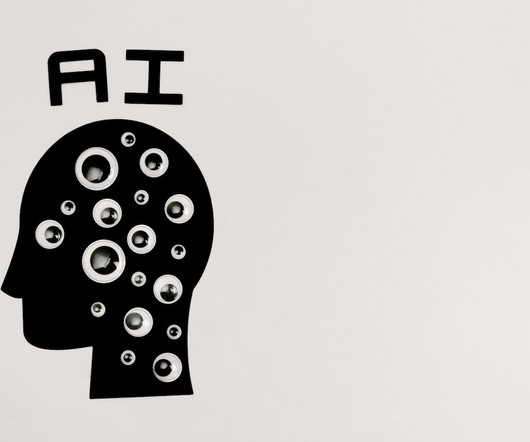Blending Metrics and Empathy with Design Thinking: The New Paradigm in Leadership
Tullio Siragusa
OCTOBER 23, 2023
Blending Metrics and Empathy with Design Thinking: The New Paradigm in Leadership The contemporary leadership environment requires a meticulous balance between quantitative evaluations and genuine human connection. With Design Thinking as the tool, a new paradigm is set to emerge, merging metrics-driven and empathy-driven leadership.















Let's personalize your content